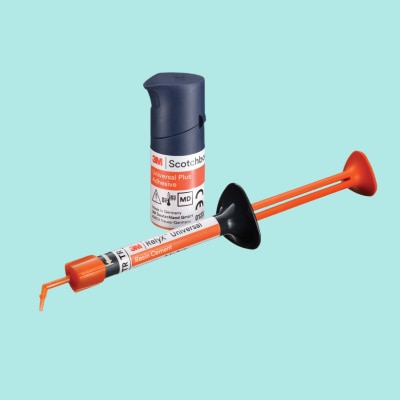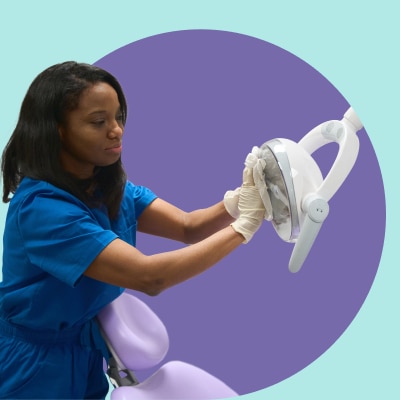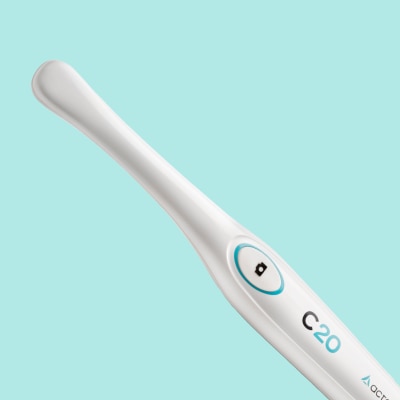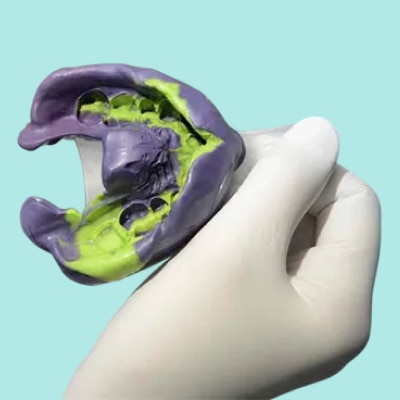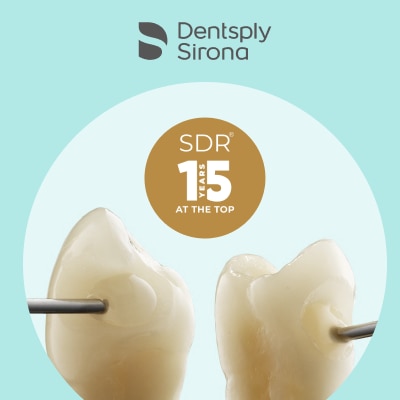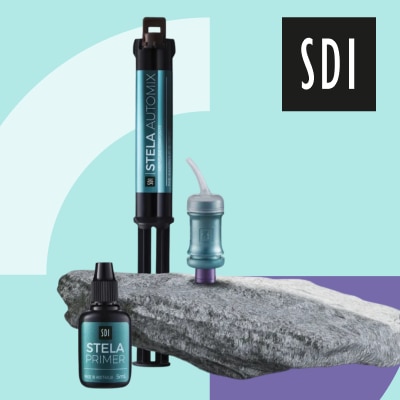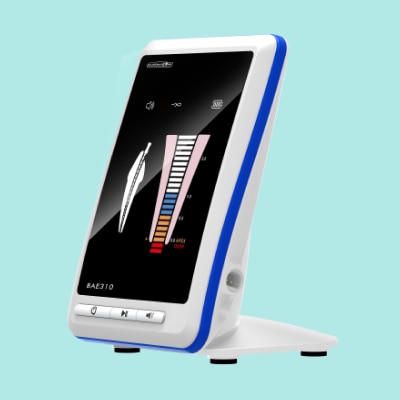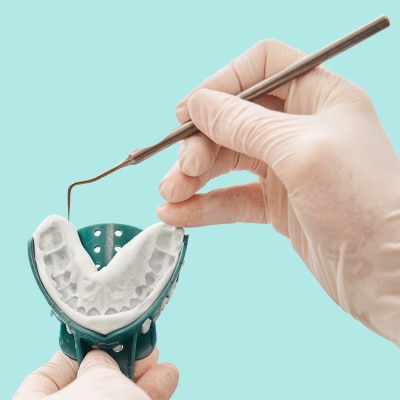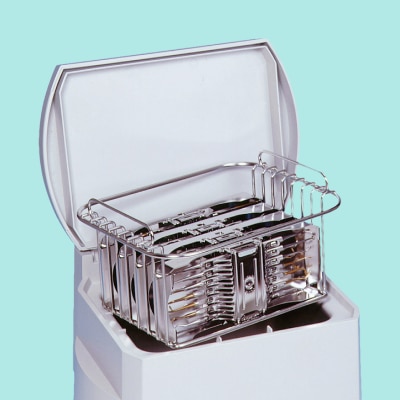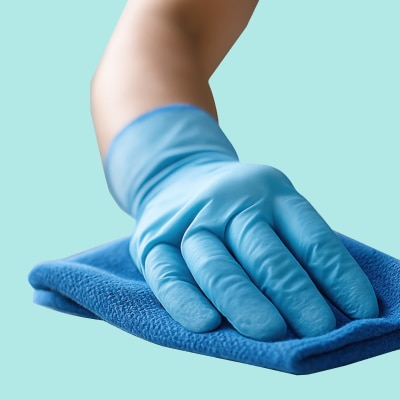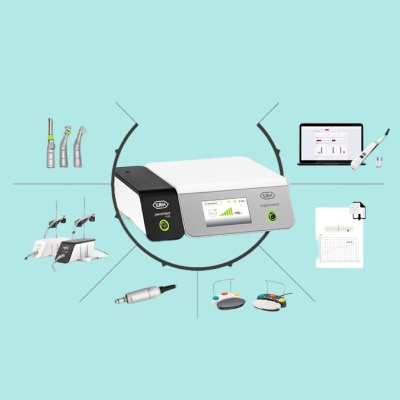More than half of the UK adult population will have gum disease by 2025, according to a new study.
This means that the number of people with symptoms of gum disease (such as gum pockets and gum tissue loss) is expected to increase from 25.7 million in 2020 to 28 million by 2050. With gum disease symptoms often missed or ignored by patients, dentists and hygienists play a crucial role in diagnosing gum disease early and preventing its progression with right advice, treatment and materials.
What is causing gum disease in the UK?
The NHS defines the root cause of gum disease as a build-up of plaque on the teeth. Failure to remove this plaque by regular brushing and interdental cleaning causes plaque build-up and gum irritation. Treatment for gum disease depends on the severity of the case. While most cases are reversible, in some scenarios extractions or dental surgery may be required.
What is chlorhexidine and how does it fight gum disease?
Chlorhexidine is an antiseptic and disinfectant which helps reduce bacteria in your mouth. It is usually combined with other ingredients, such as hyaluronic acid, which has excellent effects for the maintenance and recovery of the gums. Chlorhexidine is typically found is toothpaste, mouthwash, sprays and dental gels.
How and when should chlorhexidine be used?
There are several indications for the use of chlorhexidine in dentistry. These include:
- Gum Disease - When gums suffer from bacterial infection, chlorhexidine limits or prevents the growth of microorganisms for a better recovery.
- Periodontal surgery - Chlorhexidine is recommended after oral surgery such as tooth extraction or tooth implantation.
- Oral mucosal lesions - Chlorhexidine helps wounds inside the mouth to heal quickly and can prevent the formation of biofilm on the wounds.
How effective is chlorhexidine gel?
Chlorhexidine gel is regularly used for gum problems and to help prevent gum disease by providing targeted antibacterial and gum strengthening ingredients directly to the gum area.
Various studies have proven the effectiveness of chlorhexidine in the treatment and prevention of gum disease. Research has also found that the application of chlorhexidine gel to a surgical wound during the postoperative week of a tooth extraction may decrease the incidence of dry socket.
How do you use chlorhexidine gel?
Exact use of a chlorhexidine gel depends on what it’s needed for. The NHS recommends the following methods.
You may need to use the gel to brush your teeth, or you may need to apply it directly to the affected area of your mouth. If you do this, put a small amount of gel onto your fingertip or a cotton bud. Gently wipe it across the surface of your mouth ulcer, your gum or the sore part of your mouth.
Wait at least 30 minutes before having something to eat or drink.
If you're applying the gel with your fingertip or a cotton bud, or if you're using another dental treatment, use it at a different time of day to when you brush your teeth. This is because toothpaste can stop chlorhexidine working properly.
If you cannot use it at a different time, rinse your mouth thoroughly with water after brushing your teeth. Wait at least 5 minutes before using chlorhexidine.

Is antibiotic gel for gums available over the counter?
Many chlorhexidine treatments are available to buy in pharmacies, and some are available in shops and supermarkets.
Dentist or pharmacist instructions should be followed when using chlorhexidine gel.
Age restrictions apply, for example Wisdom Chlorhexidine Antibacterial Gum Gel 20ml is not suitable for anybody aged under 16.
What is Wisdom Chlorhexidine Antibacterial Gum Gel?
h2>Wisdom Chlorhexidine Antibacterial Gel has been specially formulated to help kill plaque bacteria that can cause gum problems, whilst gum strengthening hyaluronic acid helps to reduce discomfort and improve the condition of irritated gum tissue.
It provides a level of protection to the mucous membrane against possible infection and helps to stimulate the regeneration of gums.
Features & benefits:
- Maintain healthy teeth & gums
- Kill plaque bacteria that can cause gum problems
- Reduce gum soreness & discomfort

